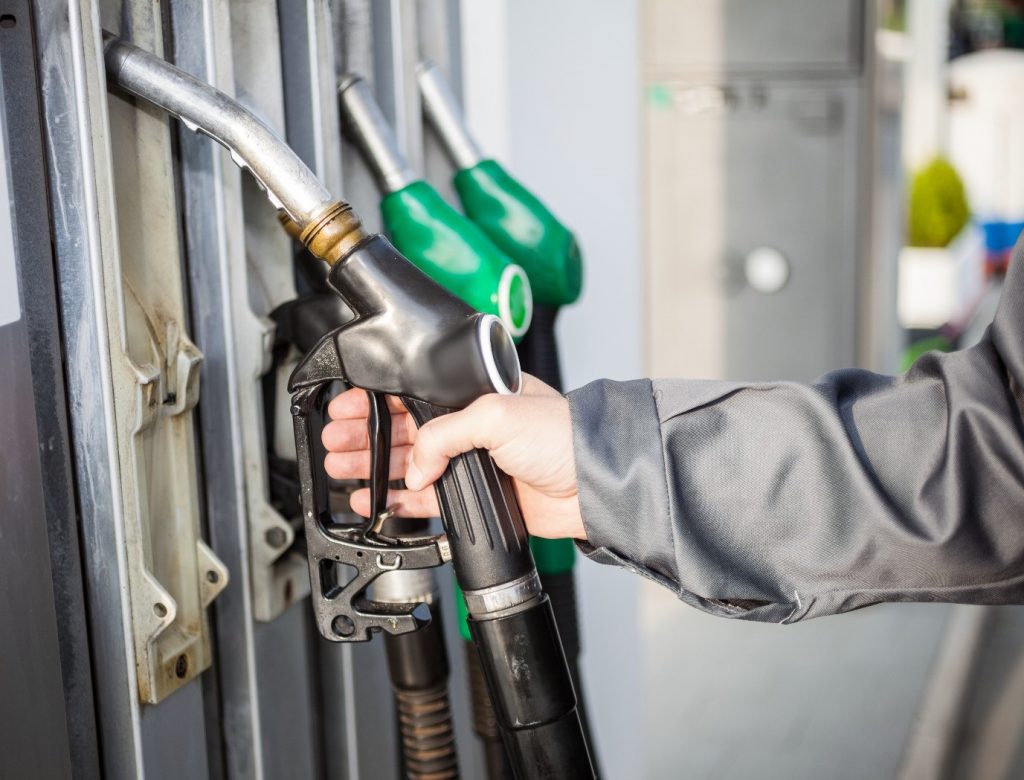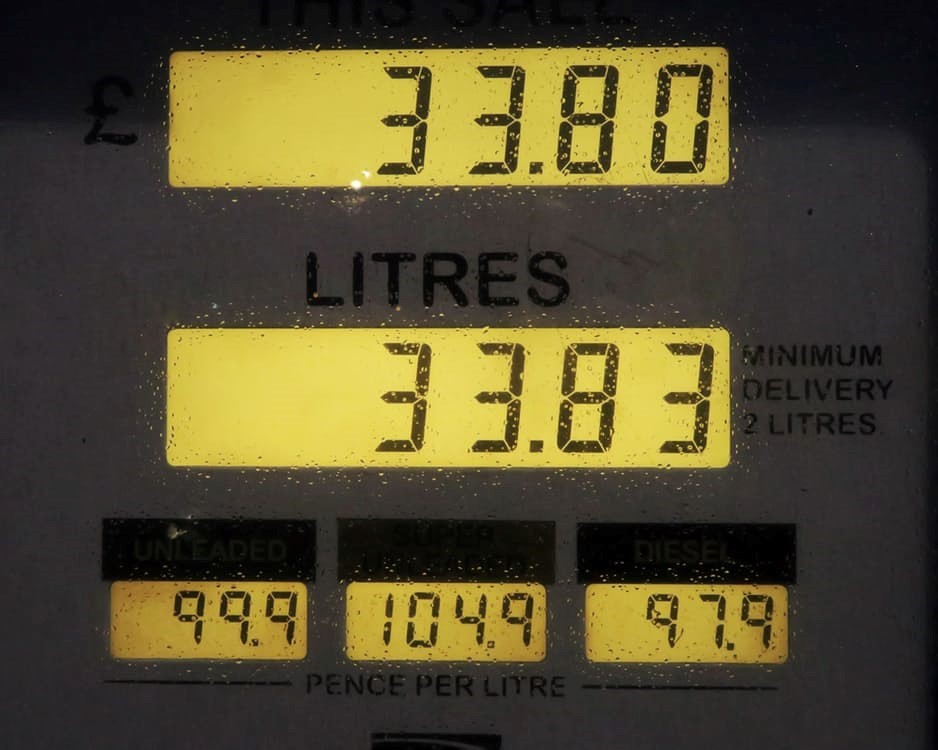What is the Diesel Bug and How Can You Avoid It?

Water that forms in fuel tanks due to condensation (when the tanks heat up during the day and cool down at night, for example), which creates the perfect petri dish for these bacteria. One of the most common microorganisms that can grow under these circumstances is the diesel bug, which will deteriorate your fuel and create a sludge capable of damaging your engine.

The Diesel Bug
There are many different types of bacteria that can live in fuel, including the diesel bug. When you work within any industry that manages fleets and deals with fuel, knowing what this bug is, what causes it and how it can be avoided is key to keeping your fleet in tip-top shape.
The diesel bug is an increasing problem for the UK transport industry. However, with a few precautions, knowing its causes, and fuel storage tanks, businesses can tackle this growing issue.
What is the Diesel Bug?
The diesel bug is the name for microbial contamination in diesel fuel. Diesel fuel tends to contain up to 7% biodiesel. While this helps reduce emissions, it also creates a risk: biodiesel is hygroscopic, meaning it absorbs and attracts water.
The attraction of water encourages the growth of the diesel bug and can lead to gums and resins which can stick to the side of your fuel storage tank, causing layers of build-up inside the tank.
Unlike traditional petrochemical diesel, biodiesel-rich fuel is much more prone to contamination. Even a small amount of water can allow the diesel bug to multiply. In fact, it can double in size every 20 minutes, quickly forming a biomass several centimetres thick.
What Does the Diesel Bug Look Like?
The thick concentration of diesel bug can look like slime. Its colour may depend on the type of bug, so you can find it to be a dark brown or blackish colour. The bug lives in the layer between water and fuel and may give off a smell reminiscent of rotten eggs.
Our TankWatch monitoring system can help detect early signs of diesel bug by measuring water detection in your fuel tank. Not only can we help protect against contamination, but our system provides alerts for unusual stock movements, preventing another common issue of fuel theft.
How Can You Tell if Your Fuel is Contaminated by the Diesel Bug?
It’s important that you use clean, high-quality fuel in your vehicles to ensure their smooth operation and long lifespan. Common diesel bug symptoms include:
- Blocked filters that need changing on a regular basis.
- Sediments that may look like coffee in the filters.
- Engines suddenly losing power.
- Bad smell or black smoke from the exhaust.
- Increase in fuel consumption.
- Difficulty in starting the engine.
By spotting these symptoms of diesel bug early, you can act quickly to protect your fleet.
What Damage Can the Diesel Bug Cause?
Diesel bug growth can:
- Clog filters in the vehicle.
- Corrode fuel storage tanks.
- Wreck engines
- Leave you powerless out on the road.
If fuel turnover is fast, contamination risks are lower. However, when diesel sits in storage tanks for long periods, it creates the perfect conditions for microbial growth.

How Can You Prevent the Diesel Bug?
The key to avoiding the diesel bug growing and keeping high-quality fuel in your tanks is good housekeeping. Prevention is always cheaper than repair:
Keep tanks tightly sealed to minimise condensation.
- Use a high-quality fuel storage tank that has a filter system installed.
- Check your fuel is not in contact with zinc, copper and metal alloys which can react with your fuel.
- Establish a regular fuel maintenance plan to remove water, debris, and dirt.
- Regularly inspect tanks for damage and leaks.
- Ensure a regular turnover of fuel. Fuel bug colonies grow if allowed to stagnate, if fuel is moving constantly, they do not get the opportunity to grow.
- Monitor vehicle issues to catch any recurring issues or early signs.
Our bunded fuel tanks are not only made from high-grade mild steel, but they have a watertight enclosed bund due to the inner and outer tank set up. We offer these tanks in a range of sizes, from 1000 litres to 130,000 litres, covering the needs of many different businesses.
How to Get Rid of Diesel Bug?
If you find diesel bug in your fuel, you’ll need a professional cleaning process:
- Remove the fuel and store it somewhere else.
- Put it through a fuel polishing system.
- Thoroughly cleanse the tank, its filters and its fuel lines
- Inspect the tank for corrosion or damage – replacement may be needed if contamination is severe.
- To make sure that your tank is usable again, have your tank inspected by a professional who can confirm the extent of the damage.
How Fueltek Helps You Beat Diesel Bug
Our equipment can monitor each product through each pump. Real-time information regarding all fuel can be transmitted to the fleet manager automatically, meaning you can keep track of your fuel wherever, whenever.
Combine the high-quality of our fuel storage tanks with the precision of our systems, we can eliminate any fuel discrepancies, including the dreaded diesel bug.
Get in touch with Fueltek today to find out more about out services including diesel fuel pumps.







